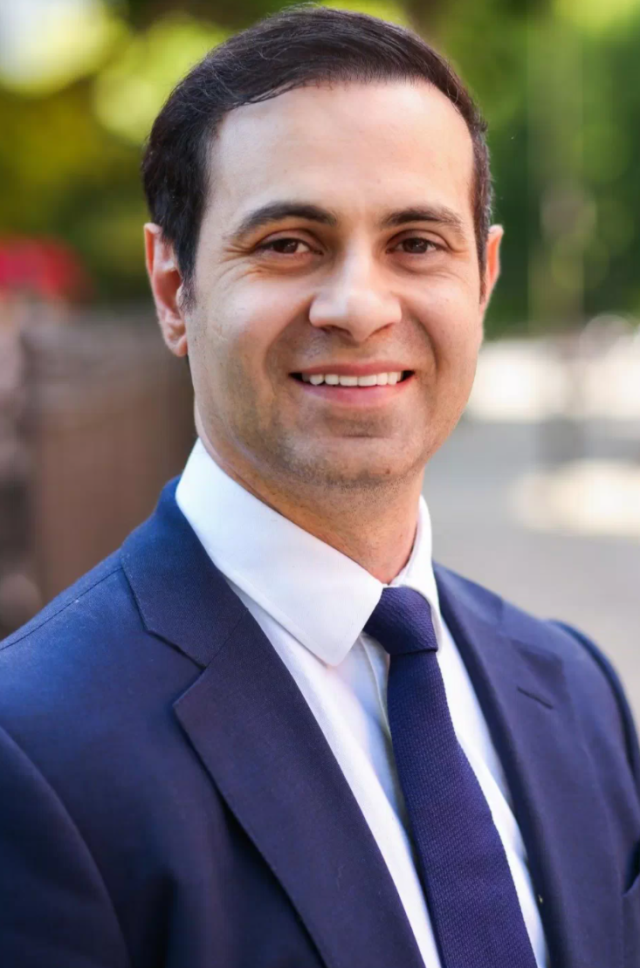Turab Musayev on the Investment Grade Agriculture: Why Diversification Matters

In the 1950s, Nobel laureate Harry Markowitz popularized the investment strategy of portfolio diversification. He reasoned that investors could reduce risk while maximizing returns if they spread their capital across different asset classes. It’s a simple idea, but one that most investors still follow today.
f you believe in diversification, the next question is how. We’re living in an era when investors have access to more asset classes than ever before. From equities and REITs to cryptocurrency and government bonds, it’s never been easier to diversify a portfolio. The way you balance yours will impact your risk and return.
A common strategy is to hold some blend of equities and bonds. The idea is that when equities fall, bonds tend to increase in value — and vice versa. This is due to interest rates. When rates are higher and borrowing money costs more, it’s harder for companies to grow, and share prices stall. At the same time, government bonds must pay more to keep up with higher rates offered by private banks and other institutions.
As Markowitz envisioned, this strategy helps to minimize risk through a portfolio that can increase in value in different financial environments. Whether interest rates go up or down, some assets in your portfolio should increase in value. That’s the power of diversification.
Limitations of the Standard Approach
The standard approach to diversification is holding bonds alongside equities. It’s a smart way to prepare for the uncertainty of different interest rate environments. But it doesn’t prepare you for many other kinds of risk and opportunity.
For example, we’re seeing increasing demand for food-related commodities due to population growth and climate change. Diversifying your portfolio with agricultural holdings could help you capitalize on that trend. It’s an opportunity you’d likely miss with just equities and bonds.
There’s a similar reason why more investors are diversifying with Bitcoin. Some people view the asset as a store of value, which protects against currency devaluation through inflation. So, holding bonds and equities is a good first step in diversification. But if you truly want to minimize risk and maximize returns, broader diversification may be necessary.
Agriculture as a Diversification Pillar
As you look at options for expanding your asset diversification, consider agriculture. The global population is growing, which means more mouths to feed and heightened demand for essential food commodities. That truth will hold regardless of what governments do with interest rates in the coming decades.
At the same time, climate change is reducing the amount of farmable land on earth. So, while demand increases, we could see a corresponding decrease in supply. That’s turned agriculture into one of the most compelling diversification plays for the coming years.
Getting Agricultural Exposure
Agriculture is a great way to diversify your portfolio, but it can also be a difficult asset class to enter. You don’t want just any agricultural holdings. You want to invest in a business with proven profitability and sustainable demand.
One of the ways to get such an exposure is to work with specialised teams with execution track record. This helps investors to access great agricultural businesses with minimal effort. There is also a potential upside if specialised commodity prices will keep the uptrend. In 2024, we saw the spike in cocoa prices driven by supply shortages and consistent demand growth. Hazelnuts and other nut commodities have similar demand / supply dynamics and can face the same trends.
One of the examples of this strategy is investments to “nut” commodities, like hazelnuts. The strategy focuses on the hazelnuts as traded commodity, where pricing is set, similar to exchange traded commodities. Long term off-take agreements also provide significant downside protection, and they can be obtained for hazelnuts from large consumers like Ferrero and Nestle. Hazelnuts focused projects can also have de-carbonisation effect and appeal to environmentally conscious investors.
Hazelnut orchards managed using regenerative agriculture practices offer numerous environmental, economic, and social benefits. Regenerative techniques, such as cover cropping, reduced tillage, and agroforestry, enhance soil health by increasing organic matter and improving microbial diversity. This leads to greater carbon sequestration, mitigating climate change while reducing erosion and runoff. The integration of diverse plant species within hazelnut orchards creates habitats for pollinators and beneficial insects, fostering biodiversity and natural pest control. Water retention in the soil improves, reducing irrigation needs and making the system more resilient to drought. Economically, regenerative practices lower input costs over time, enhance orchard productivity, and appeal to markets seeking sustainably sourced products. Socially, these orchards contribute to local ecosystems’ health and promote sustainable livelihoods, ensuring long-term benefits for farmers and communities.
The Bottom Line
If you’re going to diversify with agricultural holdings, it’s important to do it right. Focus on essential crops with proven global demand and invest in businesses with long-term purchasing agreements for the best results.
Turab Musayev is an expert in commodities trading and investments across energy and agriculture. Since 2007, he has held senior positions in various international companies operating in the commodities sector.

